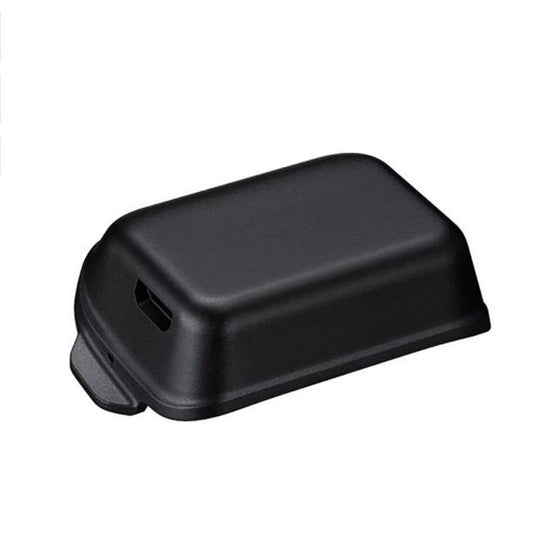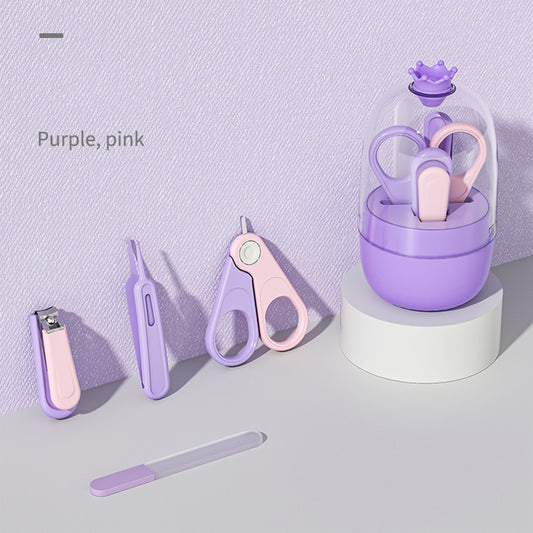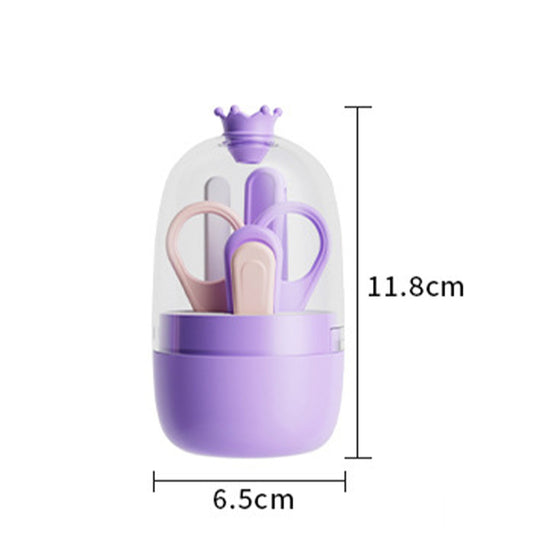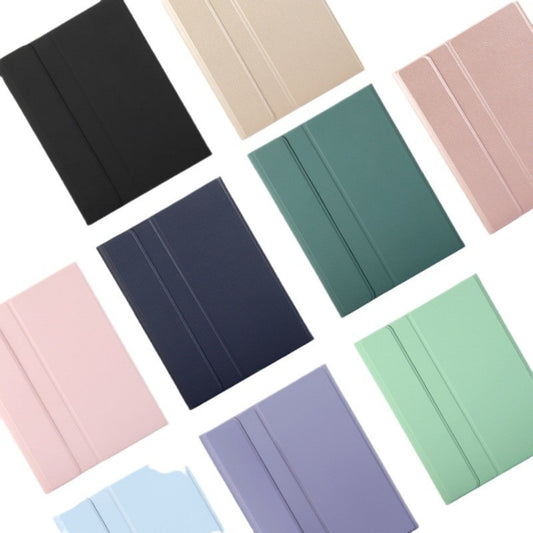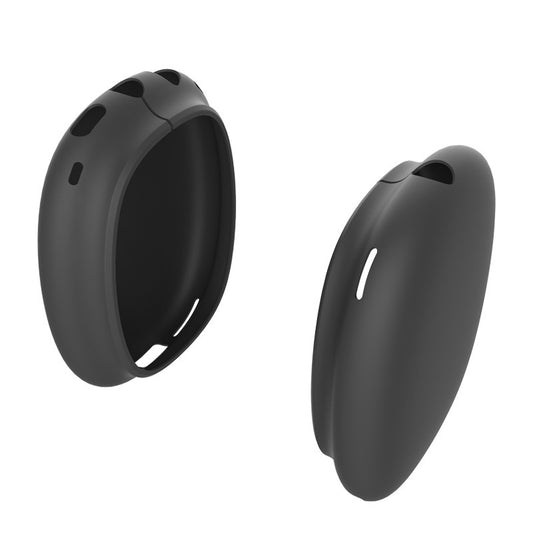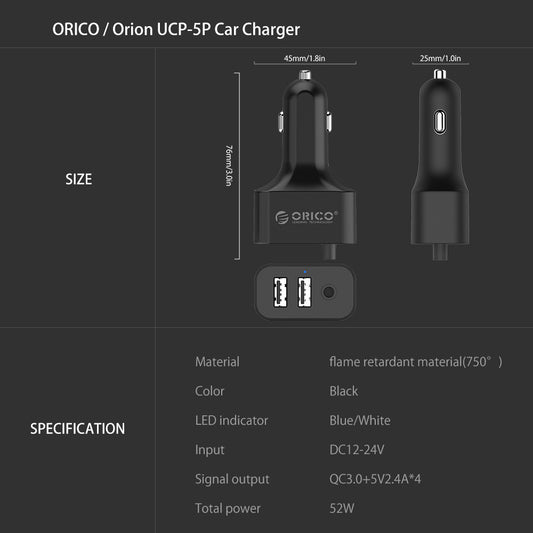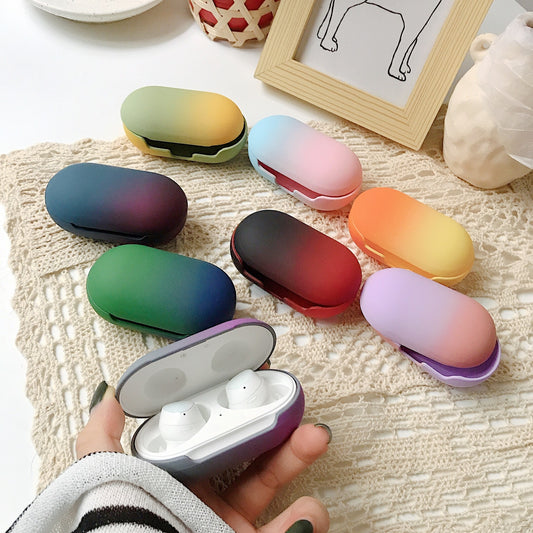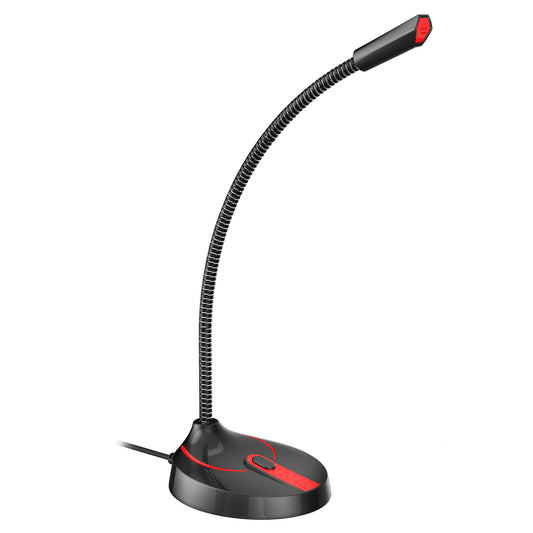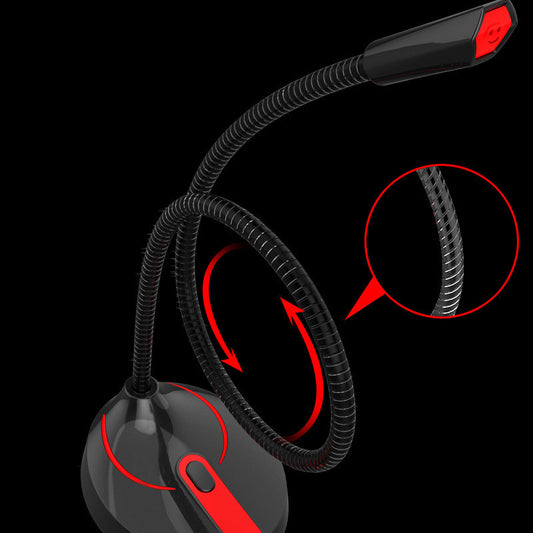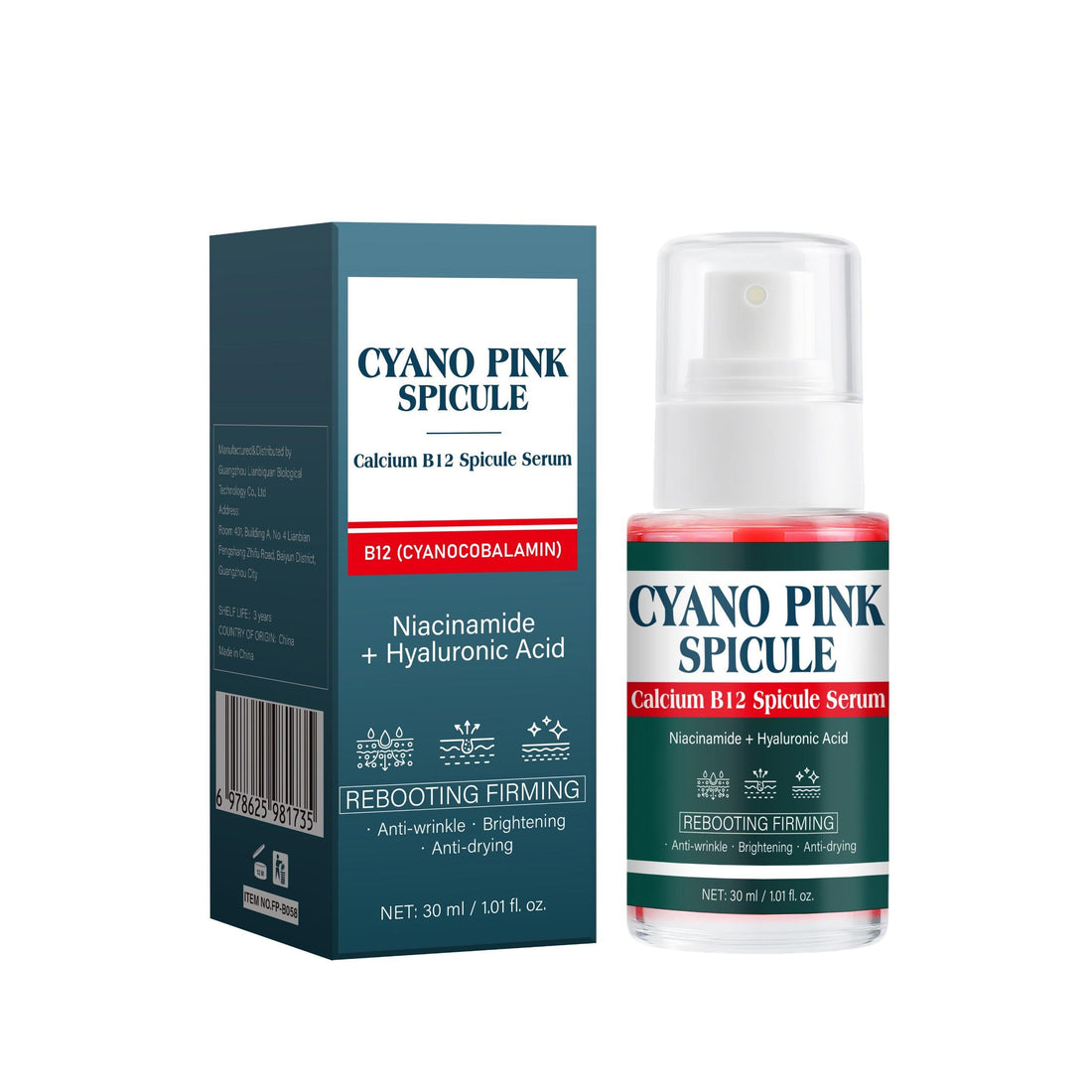
Serums vs. Creams: What’s the Difference and Which Should You Use?
Share
When it comes to skincare, the number of products on the market can be overwhelming. Among the most talked-about (and sometimes confusing) are serums and creams. While both play essential roles in a healthy skincare routine, they are not interchangeable. Understanding their differences, and how to use them—can help you get the best results for your skin.
In this article, we’ll break down what serums and creams are, their key benefits, how they differ, and tips for choosing the right one for your skin type.
What Is a Serum?
Serums are lightweight, fast-absorbing skincare products designed to deliver a high concentration of active ingredients directly into the skin. They typically have a thin, fluid consistency, making them perfect for targeting specific concerns such as:
* Wrinkles & fine lines (anti-aging serums)
* Hyperpigmentation (brightening serums)
* Dryness (hydrating serums with hyaluronic acid)
* Acne & breakouts (clarifying serums with salicylic acid)
Because of their small molecular size, serums penetrate deep into the skin, allowing active ingredients to work more effectively.
What Is a Cream?
Creams are thicker, richer formulations designed to hydrate, protect, and lock in moisture. They create a barrier on the skin’s surface, preventing water loss and shielding the skin from environmental stressors like pollution and harsh weather.
They are best for:
* Daily hydration for normal to dry skin
* Skin barrier repair
* Nighttime nourishment
* Protecting skin after treatments like exfoliation
Key Differences Between Serums and Creams
| Feature | Serum | Cream |
| Consistency | Lightweight, watery or gel-like | Thick, creamy |
| Function | Targets specific skin concerns | Hydrates and protects |
| Absorption | Deep penetration | Stays on surface to lock moisture |
| When to Use | Before moisturizer | After serum or as last step |
| Best For | Specific treatments | Moisture retention |
Which Should You Use—Serum or Cream?
The answer is simple: You should use both!
They work best together in a layered routine:
1. Cleanse your face to remove dirt and oil.
2. Apply serum to target your skin concerns.
3. Follow with cream to seal in the serum and keep your skin hydrated.
How to Choose the Right Serum
When selecting a serum, focus on your main skin concern:
* Dryness: Look for hyaluronic acid or glycerin.
* Aging: Opt for retinol, vitamin C, or peptides.
* Dark spots: Choose niacinamide or vitamin C.
* Acne: Try salicylic acid or tea tree extract.
How to Choose the Right Cream
Pick a cream based on your skin type:
* Dry skin: Rich, oil-based creams with shea butter or ceramides.
* Oily skin: Lightweight, oil-free moisturizers with gel-cream texture.
* Sensitive skin: Hypoallergenic creams with calming ingredients like aloe vera.
Common Mistakes to Avoid
* Skipping one for the other: A serum without cream may leave skin dry, and a cream without serum might not address deeper skin concerns.
* Using too much product: Serums are potent—just a few drops are enough.
* Wrong order: Always apply serum before cream for best absorption.
Conclusion
Think of serums as problem-solvers and creams as protectors. They are not competitors but partners in keeping your skin healthy, radiant, and youthful. By understanding their roles and using them correctly, you can level up your skincare routine and achieve your best skin yet.
“Boost your skin’s health — explore our best-selling serums today!”






